いろいろ sinus bradycardia ecg acls 318523
Dec 27, 15 · Figure 11 Sinus bradycardia and mild QRS prolongation in a patient with potassium and a K of 69 mEq/L Figure 12 Sinus bradycardia and subtly peaked Twaves in a patient with mild hyperkalemia and a K of 58 mEq/L Figure 13 Severe sinus bradycardia in a patient with hyperkalemia and a potassium of 65 mEq/LSinus bradycardia ECG, causes & management Definition of sinus bradycardia Sinus bradycardia fulfills the criteria for sinus rhythm but the heart rate is slower than 50 beats per minute ECG criteria follows Regular rhythm with ventricular rate slower than 50 beats per minute Pwaves with constant morphology preceding every QRS complexINTRODUCTION Sinus bradycardia is a rhythm in which the rate of impulses arising from the sinoatrial (SA) node is lower than expected The normal adult heart rate, arising from the SA node, has been considered historically to range from 60 to 100 beats per minute, with sinus bradycardia being defined as a sinus rhythm with a rate below 60 beats per minute

Acls Flashcards Quizlet
Sinus bradycardia ecg acls
Sinus bradycardia ecg acls-Nov 21, · Sinus bradycardia is a cardiac rhythm with appropriate cardiac muscular depolarization initiating from the sinus node generating less than 60 beats per minute (bpm) The diagnosis of sinus bradycardia requires visualization of an electrocardiogram showing a normal sinus rhythm at a rate lower than 60 bpmApr 27, 21 · First, the doctor needs to examine an electrocardiogram (ECG) while the bradycardia is present to determine whether it is due to sinus bradycardia or heart block Then, the doctor must determine whether the bradycardia is likely to be persistent or due to a transient cause, such as an infection




Acls Algorithms Review Adult Bradycardia Algorithm
Symptomatic bradycardia exists when the following 3 criteria are present 1) The heart rate is slow;For example, sinus bradycardia originates in the sinus node and the heart rate is less than 60 (bradycardia) Sinus tachycardia For example, if a patient is bleeding, the first thing the body will do is to increase the heart rate so that the blood that is left is pumped around fasterACLS RHYTHM TEST Name_____ Date_____ Choose the best answer for each of the following questions Each of the following strips is 6 seconds in length 1 Identify the following rhythm a Sinus bradycardia with 2nd degree type I b Sinus bradycardia with 2nd degree type II c Complete (third degree) AV block
Mar 16, 17 · ECG 1 Type II 4 ECG 2 5 ECG 3 6 Classification (cont) Sinus Bradycardia Sinus node dysfunction Sinoatrial exit block Sinus arrest – pause > 3 seconds Sick sinus syndrome AV 1st degree HB 2nd degree HB – Mobitz I II 3rd degree HBApr 28, 21 · Sinus Bradycardia (SB) Sinus bradycardia is the same as NSR, but the HR isSinus Bradycardia Sinus bradycardia occurs on an ECG when there is a normal upright P wave in lead II (sinus P wave) preceding every QRS complex with a
Aug 26, 14 · Sinus Bradycardia rhythm video by the ACLS Certification Institute To view more videos, check out the ACLS Certification Institute at http//wwwaclscertifi2) The patient has symptoms, and 3) The symptoms are due to the slow heart rate Relative bradycardia occurs when a patient may have a heart rate within normal sinus range, but the heart rate is insufficient for the patient's condition AnECG Rhythms for Bradycardia Click card to see definition 👆 Tap card to see definition 👆 Sinus bradycardia 1st Degree AV Block 2nd degree AV block Type I (Wenkebach/Mobitz I) Type 2 (Mobitz II) 3rd Degree AV block




Pin By Joe Fitzhugh On Ems Study Material Ecg Rhythms Acls Icu Nursing



Q Tbn And9gcsjyx4g Yaas4uihb4hswn66ud9wksodzxb0k Ovwveggwz50mu Usqp Cau
Sinus bradycardia Sinus tachycardia Thirddegree atrioventricular block RHYTHM & ♥ ETIOLOGY CRITERIA OVERVIEW UNIQUE CRITERIA SAMPLE STRIPS ***Normal Sinus Rhythm ♥ Normal, None RHY – Regular R – P – Upright PRI – 012 – 0 QRS – 004 – 010 None, normal rhythm ***Sinus Tachycardia ♥ Exercise ♥ Anxiety ♥Sick sinus syndrome is the name for a group of heart rhythm problems (arrhythmias) in which the sinus node — the heart's natural pacemaker — doesn't work properly The sinus node is an area of specialized cells in the upper right chamber of the heart that controls the rhythm of your heart Normally, the sinus node produces a steady paceกผิดปกติที่ Sinus node (sick sinus syndrome, sinus node dysfunction) พบความผิดปกติได้หลายแบบ 1Sinus bradycardia มี P wave ตามด้วย QRS แต่เต้นช้า 2Sinus arrest or pause SA node ไม่ปล่อยไฟฟ้า ทำให้
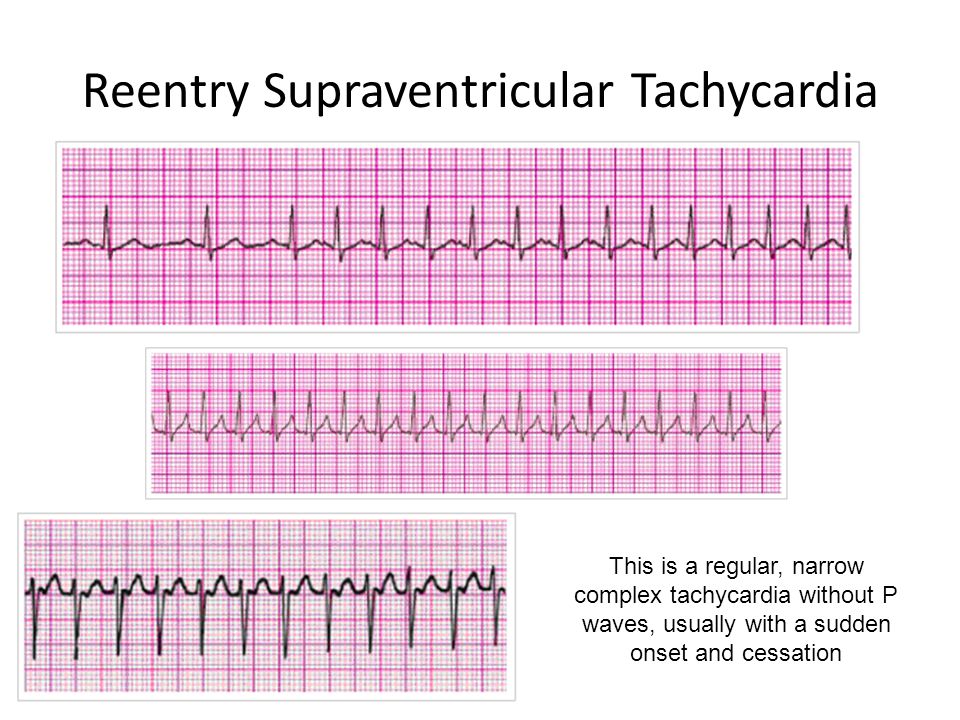



Acls Rhythms Cheat Sheet Ppt Video Online Download




Ekg Examples Electrocardiography Cardiovascular System
Nov 13, 19 · Bradycardia is a slower than normal heart rate The hearts of adults at rest usually beat between 60 and 100 times a minute If you have bradycardia (bradeKAHRdeeuh), your heart beats fewer than 60 times a minute Bradycardia can be a serious problem if the heart doesn't pump enough oxygenrich blood to the bodyACLS Study Guide ( Guidelines) Express Training Solutions wwwExpressTrainingcom Updated JAN 21 Atrial Flutter Polymorphic Ventricular Tachycardia Bradycardia Rhythms with a Pulse Nonsymptomatic = good BP & good mentation / Symptomatic = low BP and poor mentation (Follow Bradycardia Algorithm) Sinus BradycardiaA stat 12lead ECG shows 46mm ST segmental elevation in leads II, III and aVF The onset of the patient's symptoms is less than 30 minutes ago A member of the team suggests that it would be proper to administer 05mg of atropine sulfate IV to treat the bradycardia The cath lab crew advises they are ready to receive the patient




Acls Symptomatic Bradycardia
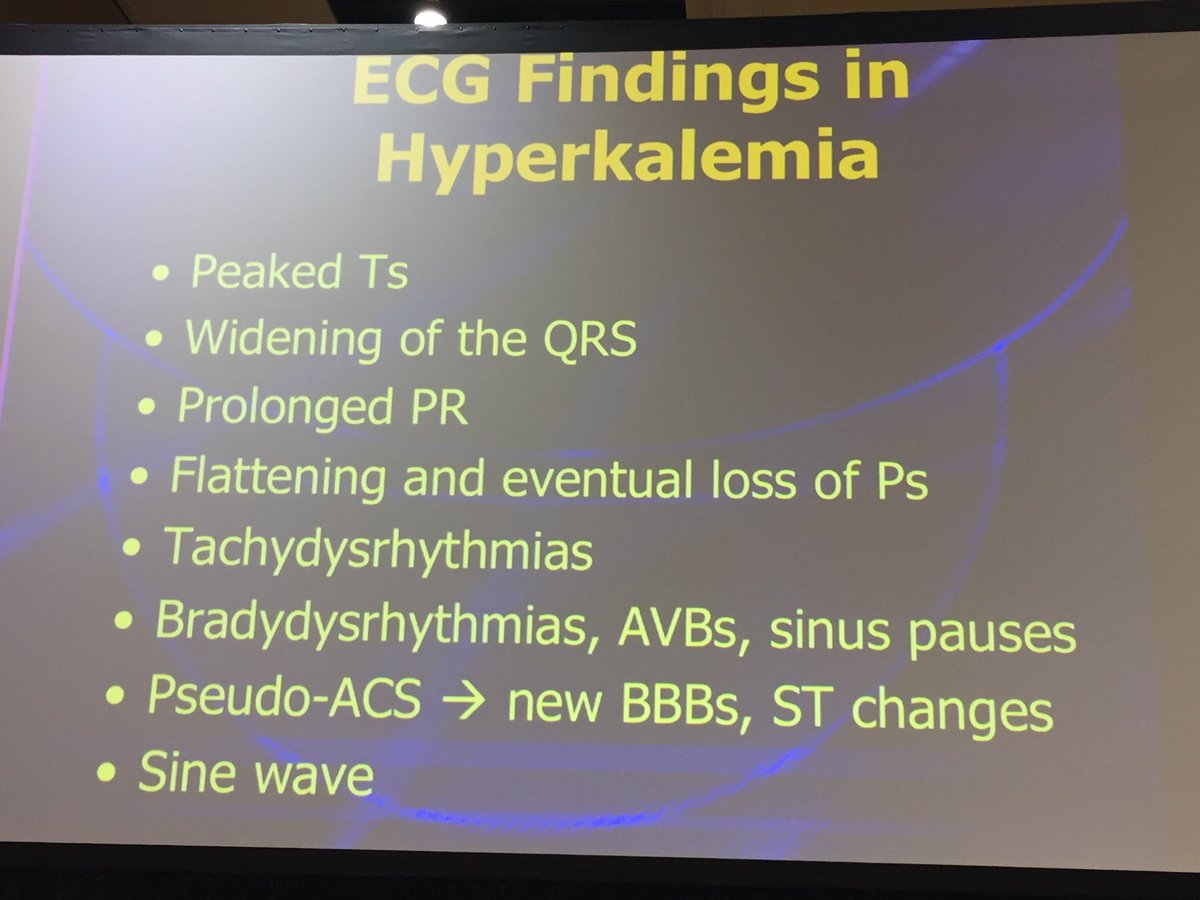



Manrique Umana Mcdermott Mattu On Dysrhythmias And Syncope Hyperk Can Do Anything To Your Ecg And Acls Bradycardia Protocol Fails At This Acep16 T Co Fndwtpu0og
There can be many forms of bradycardia Commonly seen blocks include sinus bradycardia, and for multiple blockages, complete and 3rddegree heart block In this lesson, we'll look more closely at an example of what bradycardia looks like on an ECG for an adult patient and see what findings and measurements lead us to that conclusionACLS Certification ECG Rhythms Practice Test Which of the following identifies this ECG rhythm?Algorithm for bradycardia with a pulse (Adapted from ACLS 10) Atropine Can be used as temporizing measure (while awaiting pacing and/or chronotropes) Use cautiously in patients with ongoing ischemia (tachycardia may worsen ischemia) Avoid and/or do not rely on in wide complex bradycardia, especially in setting of ischemia




Ekg Interpretation Cheat Sheet Heart Arrhythmias Guide Update




Ecg For Acls
Knowing how to read and interpret ECGs is a critically important skill in ACLS and PALS Take a moment to review the most common cardiac rhythms encountered in ACLS and PALS The Prototypical ECG Tracing Sinus Bradycardia Sinus bradycardia is a sinus rhythm with a rate less than 60 per minute in an adultSymptomatic Bradycardia – Study the rules for sinus bradycardia, first degree AV block, second degree type I AV block (wenkebach), second degree type II AV block (mobitz II), and third degree AV block (complete heart block) These rules include guidelines for regularity, rate, waves, intervals, and complexes for all casesJun 01, · Obtain IV access and a 12 lead ECG If the patient is hemodynamically stable monitor and observe If the patient is presenting with hypotension, acute altered mental status, signs of shock, ischemic chest discomfort or signs of acute heart failure administer Atropine IV at the dose of 1 mg every 3 to 5 minutes




Sinus Bradycardia By Acls Certification Institute Youtube




Rhythm Recognition Acls Medical Training
Pt presents with sinus bradycardia with HR 36/min Atropine has been administered to a total dose of 3mg A transcutaneous pacemaker has failed to capture The pt is confused, and her BP is /56 mmHg Which therapy is now indicated?Normal Sinus Bradycardia A normal sinus rhythm has a normal P wave vector on ECG and the rate is largely regular, whereas sinus bradycardia is the same but with a lower rate (Rhythm Clinical Associations ECG Characteristics Clinical Significance Treatment Strip Sinus Bradycardia Conduction path same as NSR SA node fires at




How To Run A Code Blue Like A Boss Master Acls Algorithms Education Nursejanx



Q Tbn And9gcqts24zy8 O4ata1y1l95dt16bmfklbcgfih0gkrhxza2ulzs Y Usqp Cau
Fast (>100 beats/min) or slowSinus bradycardia is a type of slow heartbeat A special group of cells begin the signal to start your heartbeat These cells are in the sinoatrial (SA) node Normally, the SA node fires at about 60 to 100 times per minute at rest In sinus bradycardia, the node fires less than 60 times per minuteThen, review the patient's heart rhythm, obtaining a 12lead electrocardiogram (ECG), administering oxygen where needed, and completing a physical examination Bradycardia will present on an ECG in one of the following rhythms Sinus Bradycardia




Part 7 3 Management Of Symptomatic Bradycardia And Tachycardia Circulation



Http Keymedinfo Com Site 667keym Cardiac Dysrhythmia Overview To Help With Acls Precourse Examination Pdf
Sep 26, 19 · Sinus bradycardia happens when your sinus node generates a heartbeat less than 60 times in a minute There are many possible factors that can cause this to occurFeb 07, 17 · Ecg for acls 1 ACLS Rhythms for the ACLS Algorithms A p p e n d i x 3 253 Posterior division Anterior division Purkinje fibers Sinus node Bachmann's bundle AV node Bundle of His Right bundle branch Left bundle branch Internodal pathways 1 276 A p p e n d i x 3 Sinus bradycardia with borderline firstdegree AV block Seconddegree AVSinus Bradycardia Many patients present sinus bradycardia as their normal, everyday rhythm These people can be divided into two general camps the healthy and the sick The healthy group is typically young, athletic and has efficient cardiovascular function due to aerobic conditioning



Co Grand Co Us Documentcenter View 653 Rhythms For Acls




Bradycardia Training Acls Cardiac Rhythms Video Proacls
Apr 06, 21 · Bradycardia and the BRADI mnemonic Bradycardia/blocks range from normal variants to life threatening emergencies As the EM Cases main episode podcast explains, the approach includes assessing stability, symptoms, ECG localization, and reversible causes According to a retrospective study of nearly 300 patients who presented to the ED with symptomatic bradycardiaMar 06, 18 · Call the subsequent rhythms from the listing beneath regular sinus rhythm nsr sinus bradycardia sinus tachycardia atrial flutter supraventricular tachycardia svt Ecg & pharmacology acls bls Type text page zero this direction is designed to develop ecg reputation abilties and drug remedy knowhowACLS PreCourse Self Assessment Dec, 06 ECG Analysis Name the following rhythms from the list below Normal Sinus Rhythm NSR Sinus Bradycardia Sinus Tachycardia Atrial Flutter Supraventricular Tachycardia SVT Atrial Fibrillation Fine




Acls Rhythm Test 2 A 74 Year Old Woman With Chest Pain Blood Pressure 192 90 And Rates Her Pain 9 10 Pdf Free Download




Adult Bradycardia Algorithm Cpr Cardiac Nursing Acls Medications Pediatric Nursing
ACLS Prep Course (RC Health) The ACLS Prep Rhythm Course includes 26 animated tutorials of the most commonly encountered rhythms in the daily practice of medicine Please note, this course is not intended to cover 12lead ECG Interpretation 12lead ECGs are covered thoroughly in our comprehensive 12lead ECG Course (30 hrs Cat I CME/CE)Sep 18, 19 · Sinus bradycardia is a type of sinus arrhythmia in which your heart is beating slower than usual Normally, your heart requires a specialized group of cells to initiate the signal and produce a beat These cells are located in the sinoatrial node, which is firing the signals at a speed of 60 to 100 times per minuteACLS Bradycardia Algorithm Treatment for bradycardia should be based on controlling the symptoms and identifying the cause using the H's and T's Maintain the airway and monitor cardiac rhythm, blood pressure and oxygen saturation Insert an IV or IO for medications If the patient is stable, call for consults
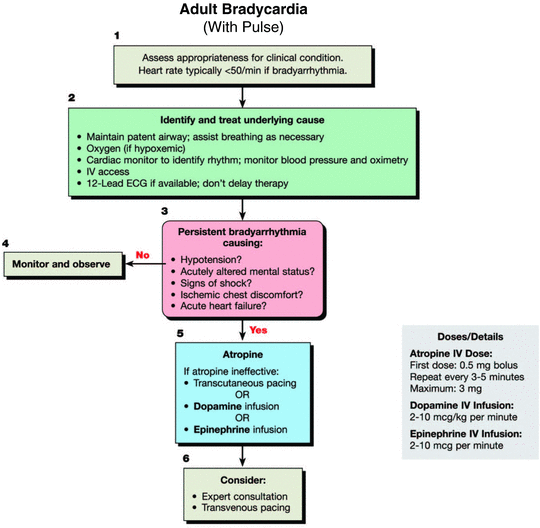



Cardiac Dysrhythmias Chapter 4 An Introduction To Clinical Emergency Medicine



Co Grand Co Us Documentcenter View 653 Rhythms For Acls
Sinus bradycardia occurs on an ECG when there is a normal upright P wave in lead II ― sinus P wave ― preceding every QRS complex with a ventricular rate of less than 60 beats per minuteThe rhythm is best analyzed by looking at a rhythm strip · ekg rhythms interpretation can be tricky especially when it comes to the uncommon onesSinus Bradycardia Causes intrinsic sinus node disease increased parasympathetic tone drug effect Rate < 60 Rhythm R R = P ECG review – ACLS Program Ohio State University Medical Center Published by Department of Educational Development and Resources, OSU Medical Center




Pin On Nurse 911



Co Grand Co Us Documentcenter View 653 Rhythms For Acls
Any organized rhythm without detectable pulse is "PEA" ACLS Rhythms for the ACLS Algorithms 255 3 PEA (Pulseless Electrical Activity) Defining Criteria per ECG Rhythm displays organized electrical activity (not VF/pulseless VT) Seldom as organized as normal sinus rhythm Can be narrow (QRS 012 mm);Causes Sick Sinus Syndrome Causes Heart Block Causes Treatments for Bradycardia If your doctor says you or a loved one has bradycardia, a restingJan 14, · Bradycardia Evaluation When a patient is evaluated for symptomatic bradycardia, an indepth history and physical is important, along with the identification of possible reversible causes The following is a list of conditions associated with bradycardia and conduction disorders 11 Autonomic dysfunction;




Part 7 3 Management Of Symptomatic Bradycardia And Tachycardia Circulation
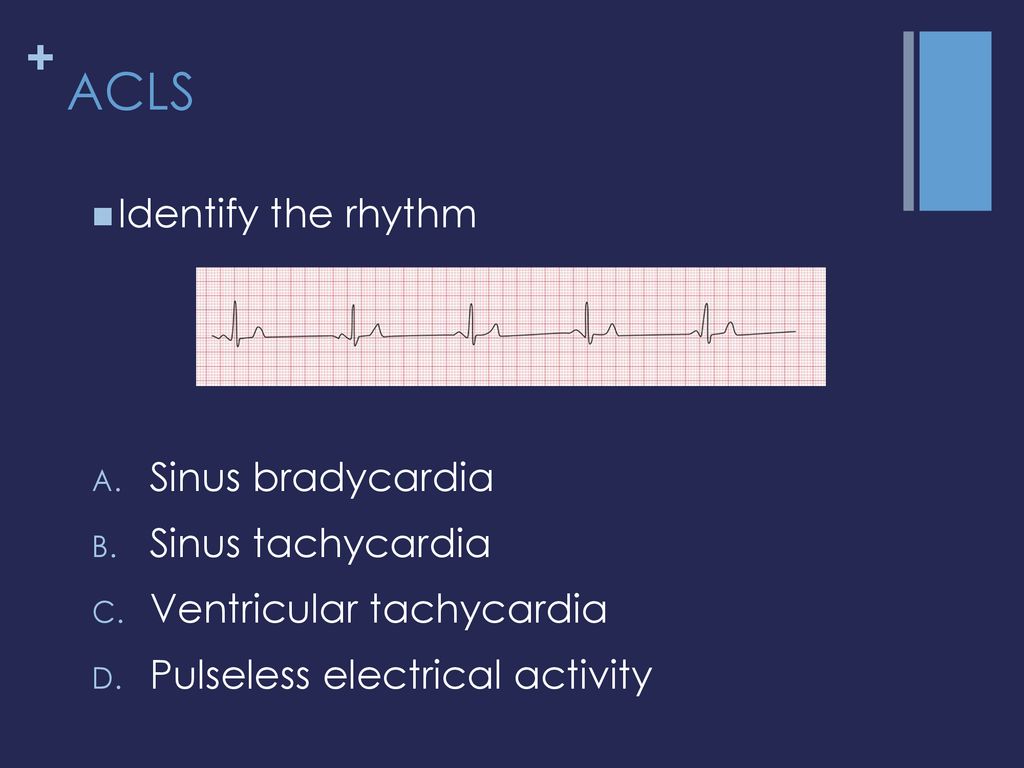



Therapeutics 1 Tutoring Ppt Download
Fine Ventricular Fibrillation Asystole 3rd Degree Block Monomorphic VTach 2nd Degree Type I Block Sinus Tachycardia Atrial FlutterC) Sinus rhythm at 60 bpm d) Sinus bradycardia A 76yearold man complaining of indigestion a) Junctional bradycardia with STsegment depression and inverted T waves b) Sinus bradycardia with inverted T waves c) Sinus bradycardia with 2nd degree type II d) Junctional bradycardia 21 A 61yearold man with a history of heart failureHttp//proaclscom ACLS Certification Training Videos**Get $ off your certification or recertification with the discount code youtubeacls17Bradycardia




Sinus Bradycardia Ecg Emtprep Com Youtube




Cardioversion 10 Acls Part Ii Acls Algorithm Acls Algorithm
May 15, 21 · A review of the electrical system The top countries of supplier is china, from which the percentage If the p waves occur less frequently then the patient is said to have sinus bradycardia;ECG Rhythm Interpretation ACLS Drugs ACLS Algorithms Sinus Bradycardia The sinus beats are slower than 60 BPM The origin may be in the SA node or in an atrial pacemaker This rhythm can be caused by vagal stimulation leading to nodal slowing, or by medicines such asRemember when the symptoms of a patient are caused by bradycardia, the rate will usually be less than 50/min This information is found here AHA ACLS Provider Manual pg 122" So it's not any heart rate less than 60 bpm




Sinus Rhythms Medictests




Ekg Practice Test 1 Learn Master Acls Pals
Bradycardia is a slow rhythm usually found to be under 60 bpm There can be many forms of bradycardia Regardless of the underlying reason, if bradycardia is causing the patient to display bradycardiarelated symptoms, it should be treated An example of a bradycardia patient's ECG might show the following Rhythm is regular Rate is slow




Acls Cheat Sheet Docsity




Manual Book Pdf Free Download Juli 10
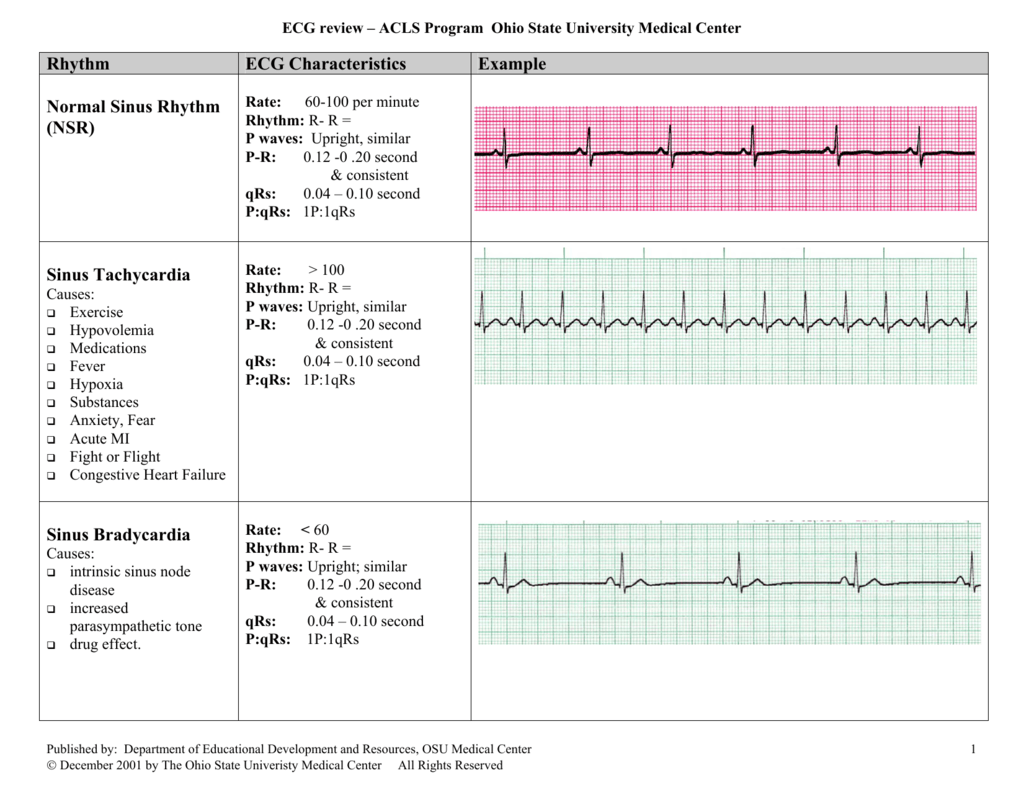



Ekg Flash Chart




Bradycardia Algorithm Download Scientific Diagram




Pals Bradycardia Algorithm Learn Master Pals




Acls Ekg Rhythms 16 Interpretations And Managements By Nik Nikam Md Youtube



Ekg Rhythms Interpretation Best Practice Quiz Strips Acls




Acls Flashcards Quizlet




Ecg For Acls




Ecg For Acls Modified Ppt Electrocardiography Atrium Heart




Acls Pretest 11 Pages 1 17 Flip Pdf Download Fliphtml5




Cardiac Arrhythmia Quotes Quotesgram




Ecg Tips Cardiovascular Diseases Electrophysiology



Http Keymedinfo Com Site 667keym Cardiac Dysrhythmia Overview To Help With Acls Precourse Examination Pdf




Acls Algorithm Pdf Document




Bradycardia Emcrit Project



Pdf4pro Com Cdn Acls Study Guide Virb Pdf




Rhythm Recognition Acls Medical Training



1
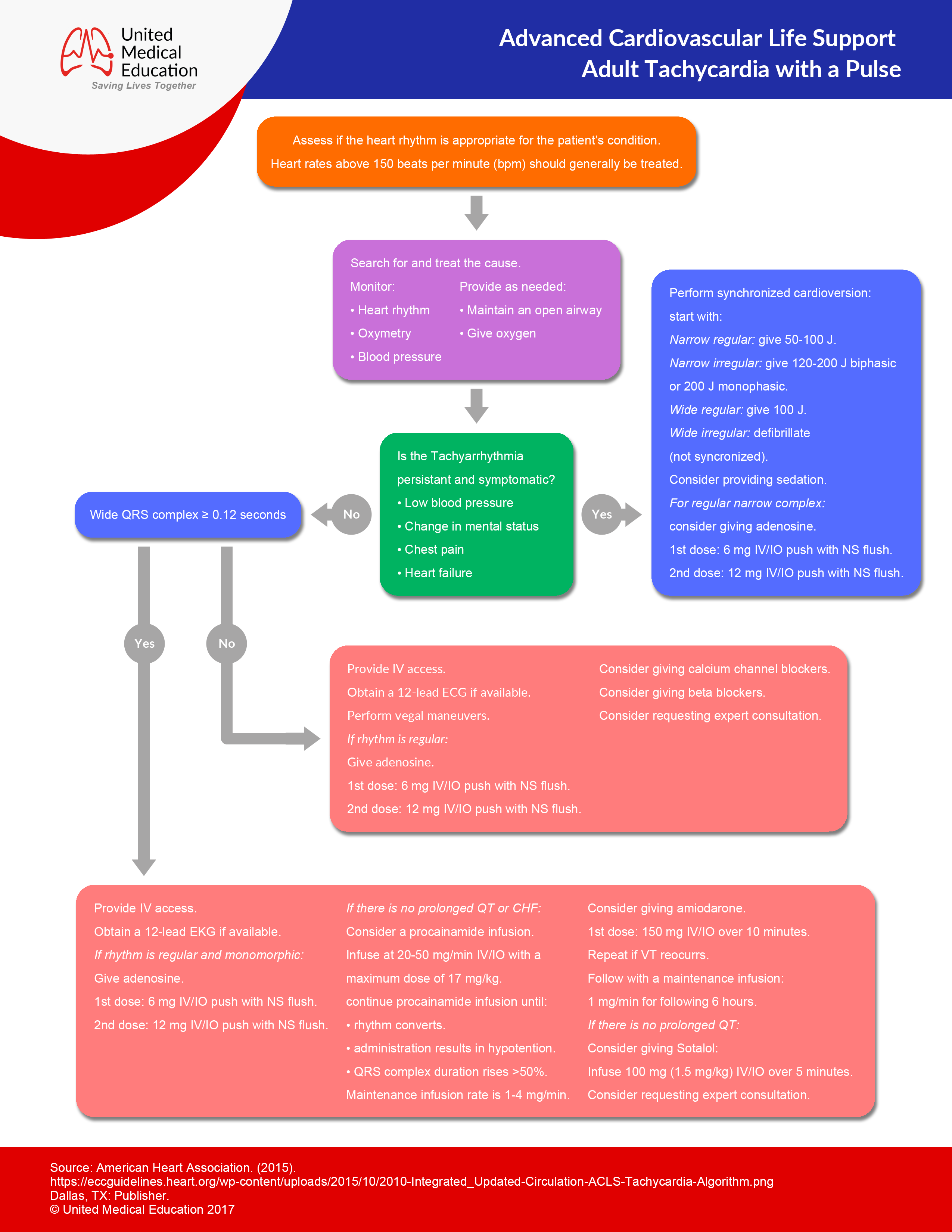



Acls Algorithms Advanced Cardiac Life Support




Acls Symptomatic Bradycardia




Khovoe2be2kwwm




Acls Ecg Rhythms Flashcards Quizlet




Normal Sinus Rhythm Training Acls Cardiac Rhythms Video Proacls




Rhythm Recognition Acls Medical Training



Http Keymedinfo Com Site 667keym Cardiac Dysrhythmia Overview To Help With Acls Precourse Examination Pdf
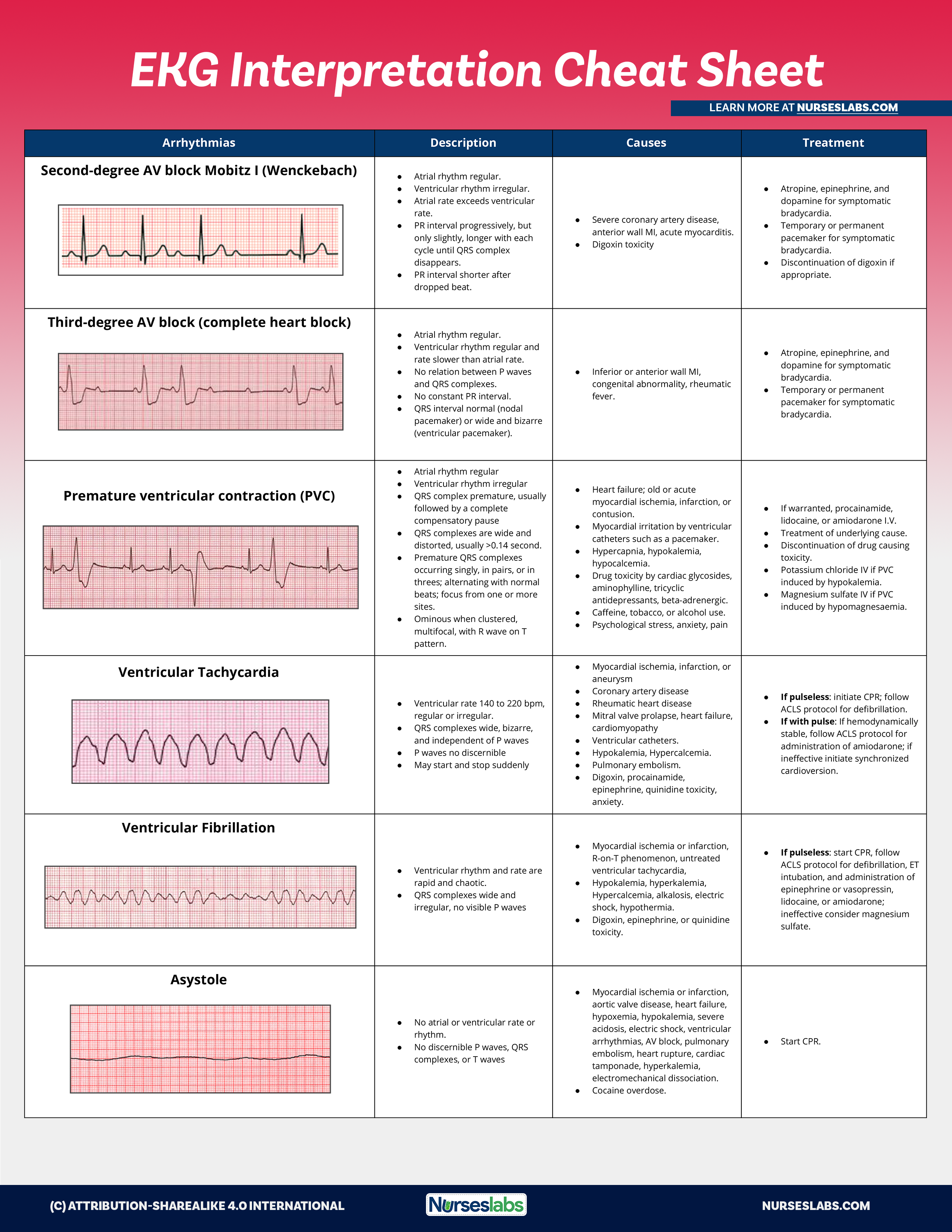



Ekg Interpretation Cheat Sheet Heart Arrhythmias Guide Update




Rhythm Recognition Acls Medical Training




Rhythm Recognition Acls Medical Training




Acls Ecg Rhythm Strips Pretest Question Answers Quiz Pdf




Manual Book Pdf Free Download Juli 10




Part 7 3 Management Of Symptomatic Bradycardia And Tachycardia Circulation




Pin On Saving American Hearts Inc Aha Acls Bls Pals Nrp Phtls Cpr First Aid




Acls Ekg Rhythms And Interpretation Heart Electrocardiography



The 12 Rhythms Of Christmas Sinus Bradycardia Ems 12 Lead




Acls Ekg Rhythms And Interpretation




Acls Algorithms Review Adult Bradycardia Algorithm




Rhythm Recognition Acls Medical Training



Aha Acls Study Guide 15 Compintensive



Ecg Tracings For Acls Authorstream




Acls Rhythms Cheat Sheet Ppt Video Online Download




Acls Algorithms Advanced Cardiac Life Support




American Heart Association Acls Pre Course Self Assessment Dec Ecg Analysis Name The Following Rhythms From The List Below Pdf Free Download




Acls Symptomatic Bradycardia



Acls Pre Test Annotated Answer Key June 11 Flip Ebook Pages 1 19 Anyflip Anyflip
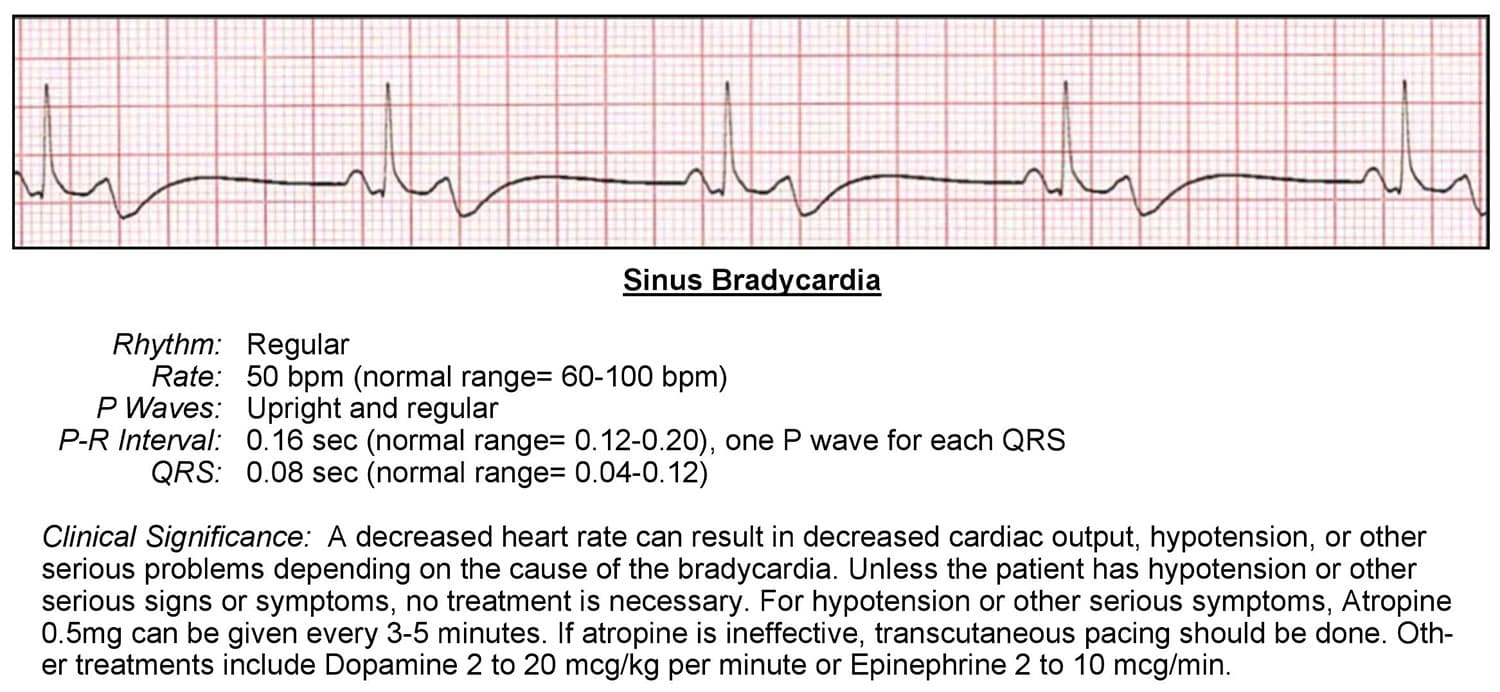



Bradycardia Acls Wiki
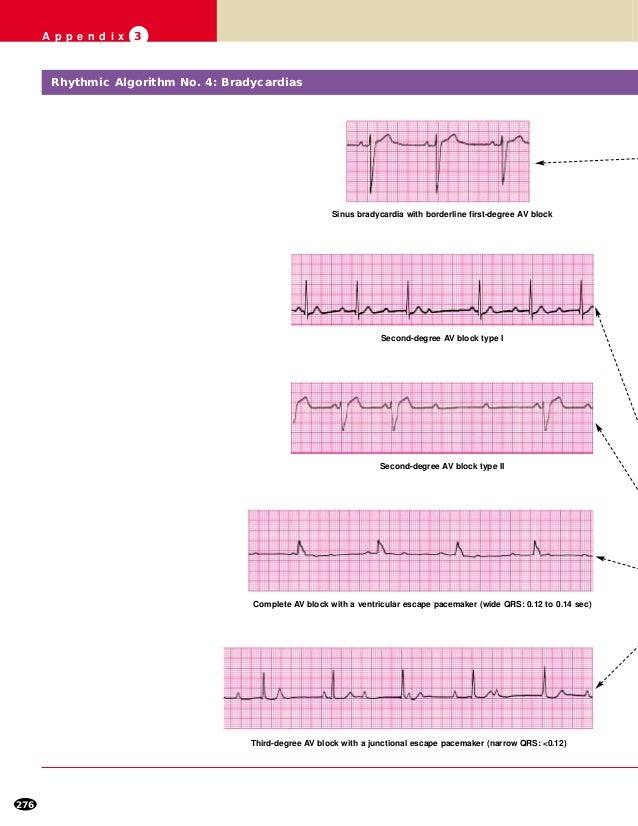



Ecg For Acls




Tachycardia And Its Acls Algorithm Acls Algorithms Com



Co Grand Co Us Documentcenter View 653 Rhythms For Acls
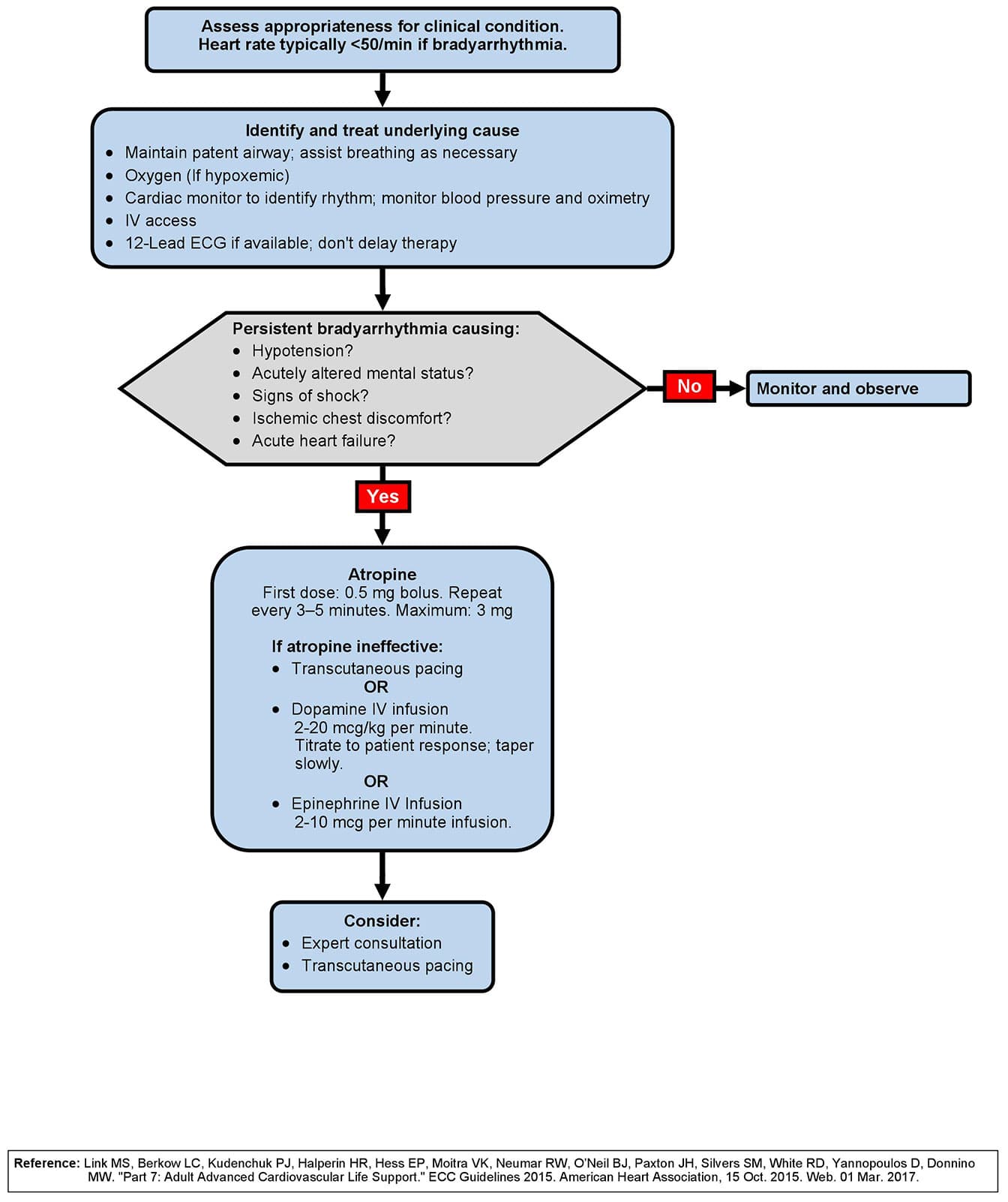



Bradycardia Algorithm Acls Wiki




Rhythm Recognition Acls Medical Training



1




Is Advanced Ecg Pharmacology The Same As Acls Code One Cpr Training



The 12 Rhythms Of Christmas Sinus Bradycardia Ems 12 Lead
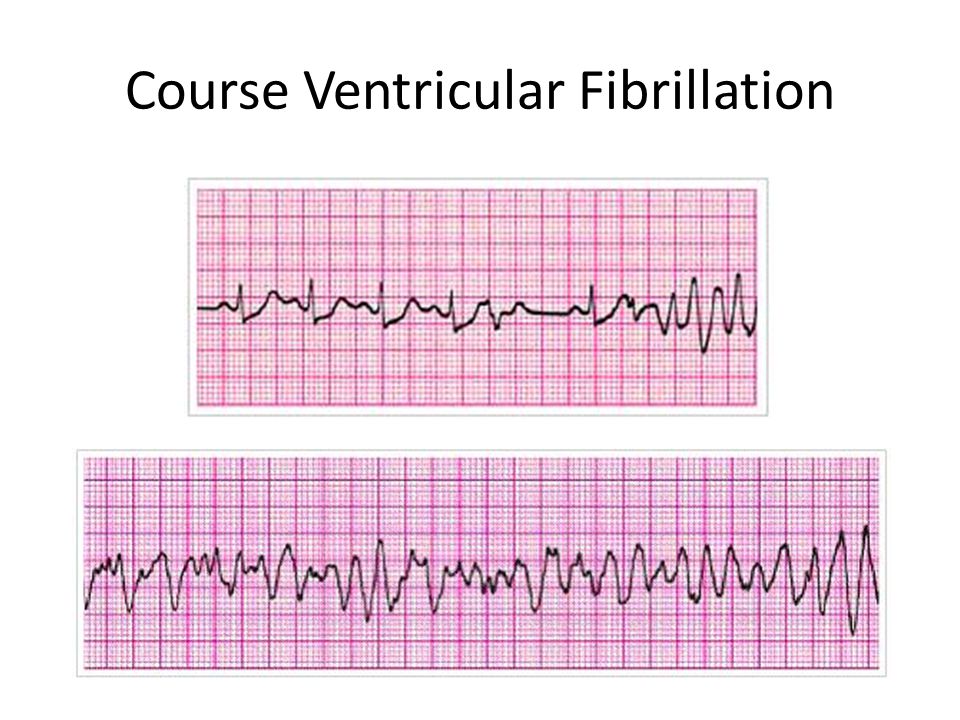



Acls Rhythms Cheat Sheet Ppt Video Online Download



Http Keymedinfo Com Site 667keym Cardiac Dysrhythmia Overview To Help With Acls Precourse Examination Pdf




Acls Bradycardia Algorithm And Heart Block Speaker Deck




Ecg For Acls




Ecg For Acls




Heartify Algorithms Tachycardia With A Pulse Acls Algorithm




American Heart Association Acls Pre Course Self Assessment Dec Ecg Analysis Name The Following Rhythms From The List Below Pdf Free Download




Bradycardia Ecgs Explained Emergency Medicine Kenya Foundation




Acls Bradycardia Algorithm Assess Patient Treat Grepmed
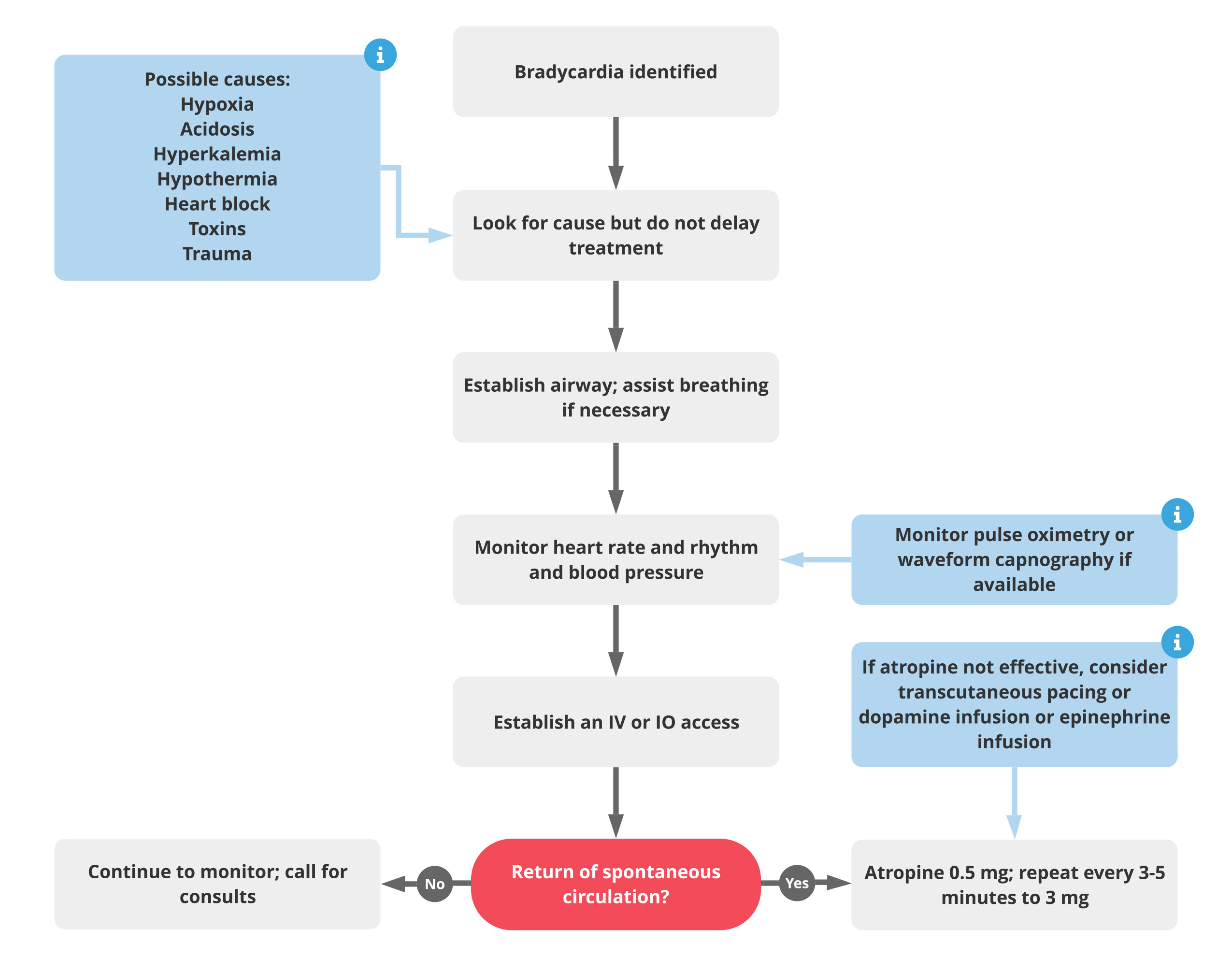



Acls Bradycardia Algorithm Acls Medical Training




Acls Symptomatic Bradycardia




Acls Ekg Rhythms And Interpretation
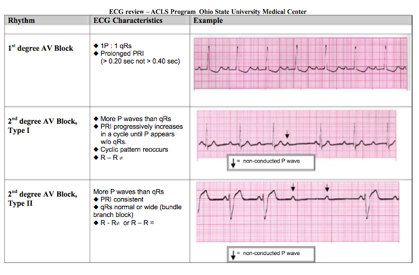



Course Postgradfamilypractice Examprep 99 Priority Topics Acls Ubc Wiki




Bradycardia Algorithm Review Acls Algorithms Com




Symptomatic Bradycardia Causes And Treatment Acls Com Resources




Acls Pre Test Annotated Answer Key Pdf Free Download




Acls Symptomatic Bradycardia




Acls Bradycardia Algorithm Overview Amri




Acls Urgencia E Emergencia 11




Acls Cardiac Arrhythmia Quiz 7




Ekg Ecg Cardiac Acls Rhythm Strip Flashcards Everything Else Amazon Com




American Heart Association Acls Pre Course Self Assessment Dec Ecg Analysis Name The Following Rhythms From The List Below Pdf Free Download


コメント
コメントを投稿